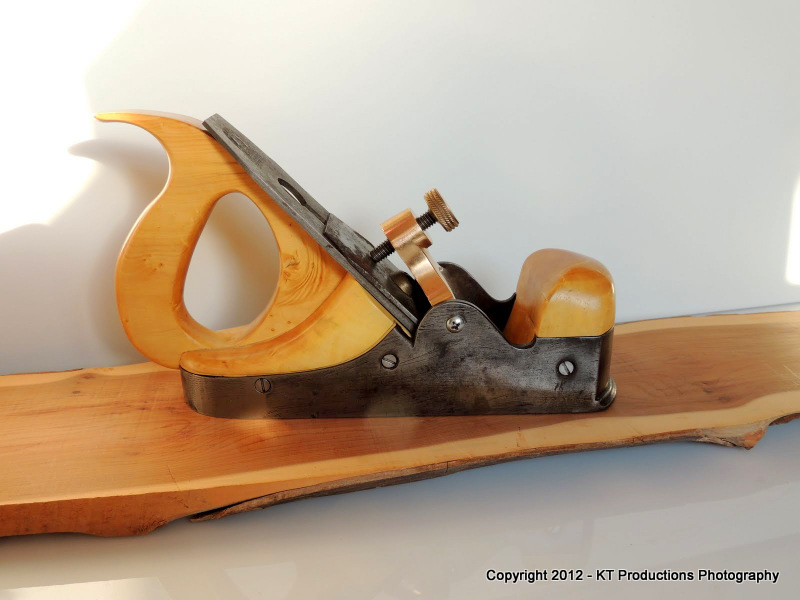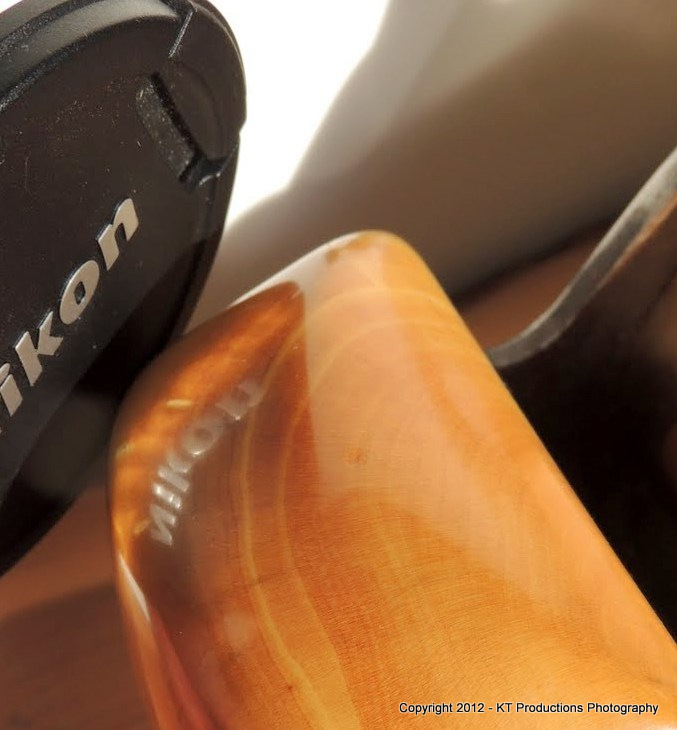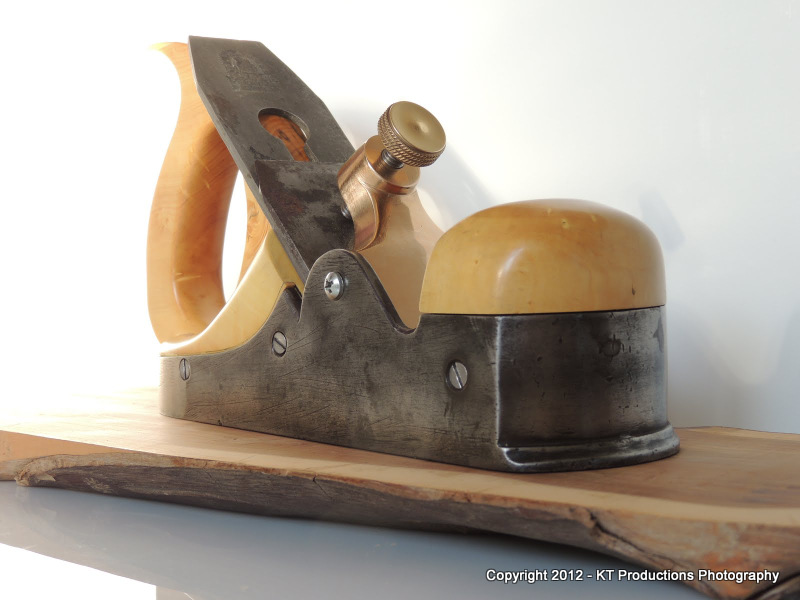gasman
Established Member
My apologies for the delays in posting. The problem is my plane is last on the list of things to be done (in SWMBO's eyes anyway) so I keep getting jobs for the house to do. Since my last post I have made these

which are beech kitchen stools copied from some we saw in Home & Garden. The tops are bits of kitchen top left over glued together then shaped
and this

which again is copied from one she saw in a local Garden Centre. It is big - 2400 long. Finish is 3 coats danish oil. It is going to be outside covered in winter
So.. back to the plane.
I carefully drilled a 1/4" hole in the lever cap - I am going to be using 2 short 1/4" steel rods with a spring between to mount the lever cap so it is removable. I also have changed the screw slightly with a groove half way through the knurling which I think looks better


Meanwhile I turned back to the damned infill and whether to use the figured, rapidly-dried beech. After Pete's helpful suggestion, I had bought David Charlesworth's Furniture-making Techniques: v. 1. and here is one of the relevant pages - it shows a much nicer looking rear handle (in my opinion) than the plans which came with this kit show - and I think I have enough beech to make it.

I got a lump of old oak (left over from the bench) and made a rough version of the rear infill. The handle will be thinner and inserted into a recess in this piece.

My beech pieces are pretty dry now - about 10% and I have this lot

I sketched out a rough estimate of what the handle will be and where

Then made yet another cup of tea and pondered whether it would all work - and then it was suppertime so finished for the weekend
More soon
Thanks for looking
Mark

which are beech kitchen stools copied from some we saw in Home & Garden. The tops are bits of kitchen top left over glued together then shaped
and this

which again is copied from one she saw in a local Garden Centre. It is big - 2400 long. Finish is 3 coats danish oil. It is going to be outside covered in winter
So.. back to the plane.
I carefully drilled a 1/4" hole in the lever cap - I am going to be using 2 short 1/4" steel rods with a spring between to mount the lever cap so it is removable. I also have changed the screw slightly with a groove half way through the knurling which I think looks better


Meanwhile I turned back to the damned infill and whether to use the figured, rapidly-dried beech. After Pete's helpful suggestion, I had bought David Charlesworth's Furniture-making Techniques: v. 1. and here is one of the relevant pages - it shows a much nicer looking rear handle (in my opinion) than the plans which came with this kit show - and I think I have enough beech to make it.

I got a lump of old oak (left over from the bench) and made a rough version of the rear infill. The handle will be thinner and inserted into a recess in this piece.

My beech pieces are pretty dry now - about 10% and I have this lot

I sketched out a rough estimate of what the handle will be and where

Then made yet another cup of tea and pondered whether it would all work - and then it was suppertime so finished for the weekend
More soon
Thanks for looking
Mark




































































































